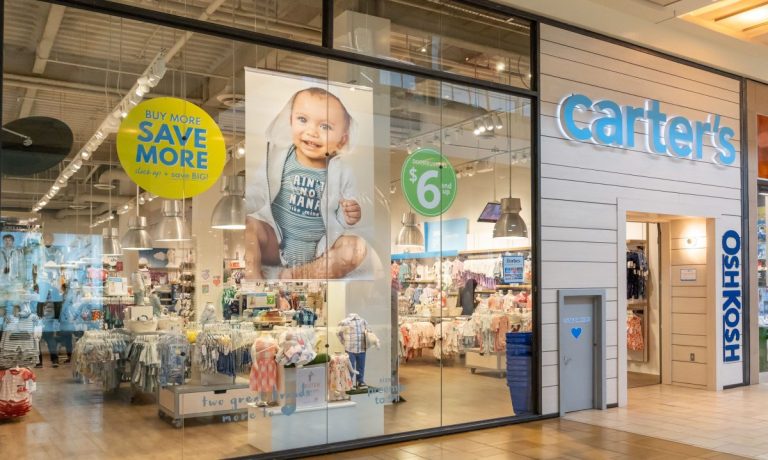
Sellers of children’s clothing are reducing their inventories as parents grow cautious in their spending.
Young children’s apparel marketer Carter’s said in a Friday (Feb. 24) earnings release that demand slowed and the market was “very promotional” during the fourth quarter.
“In 2023, we expect inflation will continue to weigh on consumers, especially families with young children,” Carter’s Chairman and CEO Michael D. Casey said in the release. “Given the slowdown in consumer demand in 2022, most of our wholesale customers are planning inventory commitments very conservatively in the first half of this year, and we plan to do so as well.”
PYMNTS research has found that the annualized cost of everyday essentials like shelter, food and clothing has grown 19.8% since before the pandemic, as measured in the fourth quarter of 2022 from the same period in 2019.
This has led consumers to cut costs by “trading down” to less-expensive items or even pulling back altogether, according to the January edition of “Consumer Inflation Sentiment: Perception is Reality.”
The report from Carter’s comes about two weeks after children’s specialty apparel retailer The Children’s Place said unexpected supply chain costs took a toll on its results in the fourth quarter.
In preliminary unaudited results released Feb. 6 the company said that it expects a net loss of $52 million to $57 million in the quarter. It will hold its fourth-quarter earnings call in March.
The Children’s Place said its results were impacted by a spike in the price of cotton, having to use air freight to get around supply chain delays, and a leap in container costs.
While Carter’s said there were challenges on the demand side during the past year, it also saw meaningful improvement in supply chain performance during the second half, which boosted its product availability and on-time deliveries, and the company expects the market to recover in the years ahead.
“Assuming continued moderation in inflation and improvement in market conditions, we expect that the trend in demand for our brands will improve beginning in the second half this year,” Casey said in the release. “Based on a favorable trend in product costs and ocean freight rates, we also expect to see growth in profitability in the second half.”
For all PYMNTS retail coverage, subscribe to the daily Retail Newsletter.